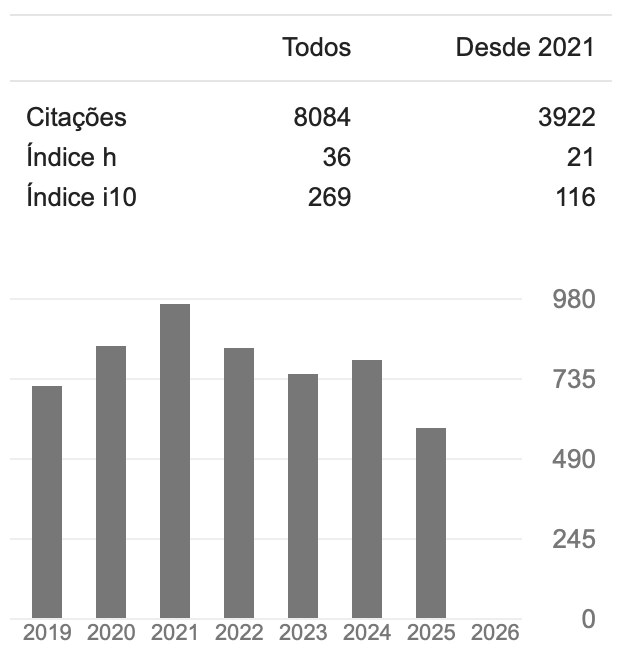MOTOR PROFILE OF SCHOOL CHILDREN WITH ATTENTION DEFICIT DISORDER/HYPERACTIVITY, PREDOMINANTLY INATTENTIVE SUBTYPE
Keywords:
Attention Deficit Disorder with Hyperactivity, Motor Capacity, PediatricsAbstract
Motor performance of school children with Attention Deficit Disorder/Hyperactivity, predominantly inattentive subtype, is characterized. Children´s profile with regard to gender, age, socio-economical level and body mass index is also investigated. Twenty-two children, aged between 7 and 10 years, in the 2nd, 3rd and 4th year of primary government schools in Maringá PR Brazil, were evaluated by the Movement Assessment Battery for Children (MABC-2). Results showed that most children were male (68.2%), mean age 8.3±0.9 years, 3rd year schooling in a primary school (45.5%), with adequate body mass index (54.6%). School children belonged predominantly to socio-economical class B (45.5%), with predominantly parents´ secondary schooling level (82%). With regard to the sample´s motor performance, most had a performance with the levels of normality (64%), with highest deficit in the equilibrium of the motor ability (31%). Boys were better in manual dexterity (37%), whereas girls were better in equilibrium (50%), in spite of scanty significant difference. However, other research work to obtain more conclusive data should be undertaken due to the small size of the sample and the lack of proportion between the genders.Downloads
Download data is not yet available.
Downloads
Published
2014-07-15
How to Cite
Palácio, S. G., & Vasconcellos, A. (2014). MOTOR PROFILE OF SCHOOL CHILDREN WITH ATTENTION DEFICIT DISORDER/HYPERACTIVITY, PREDOMINANTLY INATTENTIVE SUBTYPE. Saúde E Pesquisa, 7(2). Retrieved from https://periodicos.unicesumar.edu.br/index.php/saudpesq/article/view/3432
Issue
Section
Artigos Originais
License
A submissão de originais para a revista Saúde e Pesquisa implica na transferência da Carta Concessão de Direitos Autorais, pelos autores, dos direitos de publicação digital para a revista após serem informados do aceite de publicação.A Secretaria Editorial irá fornecer da um modelo de Carta de Concessão de Direitos Autorais, indicando o cumprimento integral de princípios éticos e legislação específica. Os direitos autorais dos artigos publicados nesta revista são de direito do autor, com direitos da revista sobre a primeira publicação. Os autores somente poderão utilizar os mesmos resultados em outras publicações, indicando claramente a revista Saúde e Pesquisa como o meio da publicação original. Em virtude de tratar-se de um periódico de acesso aberto, é permitido o uso gratuito dos artigos, principalmente em aplicações educacionais e científicas, desde que citada a fonte. A Saúde e Pesquisa adota a licença Creative Commons Attribution 4.0 International.
A revista se reserva o direito de efetuar, nos originais, alterações de ordem normativa, ortográfica e gramatical, com vistas a manter o padrão culto da língua e a credibilidade do veículo. Respeitará, no entanto, o estilo de escrever dos autores. Alterações, correções ou sugestões de ordem conceitual serão encaminhadas aos autores, quando necessário. Nesses casos, os artigos, depois de adequados, deverão ser submetidos a nova apreciação. As opiniões emitidas pelos autores dos artigos são de sua exclusiva responsabilidade.













